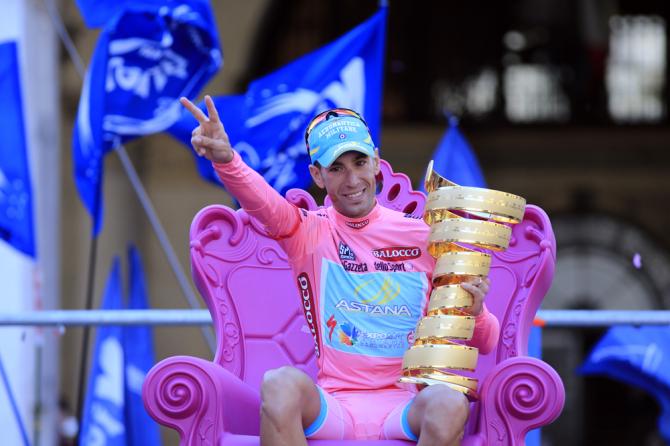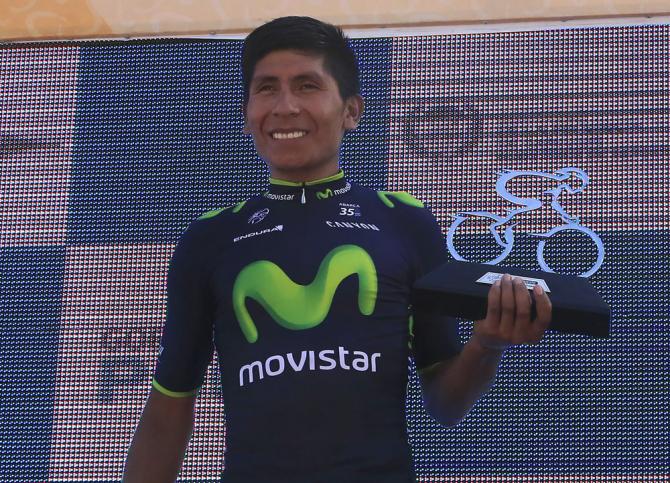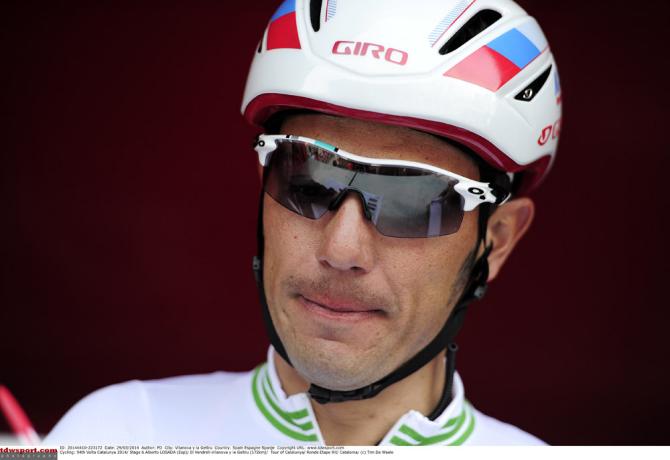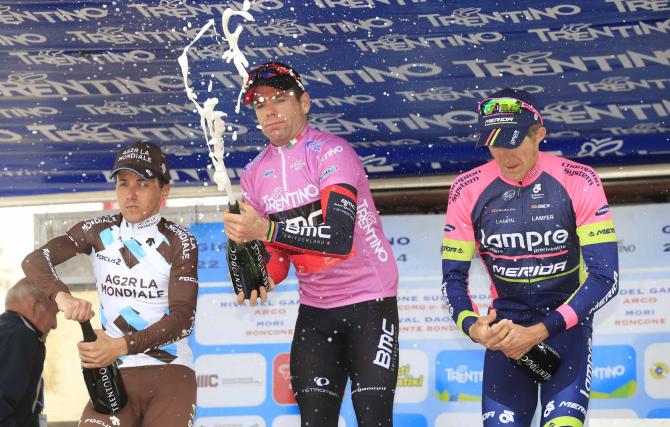Giro d'Italia 2014: A Beginners' Guide To The Race
Giro Countdown: 8 days to Belfast






Ranking behind only the Tour de France in terms of prestige, the Giro d’Italia is one of the highlights of the racing calendar. The riders love it because it is more relaxed than the Tour and because the tifosi - the Italian fans - are passionately enthusiastic and knowledgeable.
Giro d’Italia 2014: 10 Day Countdown starts here
Giro d’Italia 2014: 9 days to go
Quintana ready for Giro d'Italia fight
Kittel to lead Giant-Shimano at the Giro d'Italia
BMC name Giro d'Italia team built around Evans
Giro d'Italia 2014: Evans ready to target the maglia rosa
inCycle video: 2014 Giro d'Italia Grande Partenza preview
Basso and Viviani to lead Cannondale at the Giro d'Italia
It began life in 1909 when struggling Italian sports daily La Gazzetta dello Sport got wind of a plan by a rival paper to launch a tour of Italy following the runaway success of the Tour de France, which had been established six years beforehand. Although they had already established the Giro di Lombardia and Milan-Sanremo, those one-day races had not yet gained the Classic status they would later acquire, and Gazzetta’s directors didn’t have the money to fund a new race off the ground, much less one lasting two and a half weeks and covering a substantial part of Italy.
In the inter-war period, the Giro enjoyed a golden age, beginning with a victory for the first campionissimo (champion of champions), Costante Girardengo, and ending with victory for the second rider to be anointed with that title, Fausto Coppi. Italians dominated the race, no one more so than Alfredo Binda, who claimed five victories in the 1920s and 1930s. His final success came in 1933, two years on from the introduction of the maglia rosa, a jersey as pink as the paper on which Gazzetta was and still is printed, and awarded each day to the race leader.
In addition to the pink jersey worn by the overall leader, the other main jerseys are the blue for the mountains leader, the red for the points leader, and the white for the best young rider. The battle for the mountains title is always hard-fought given the number of severity of the climbs that tend to feature in the Giro.
Stefano Pirazzi won the mountains crown last year. Despite all the climbing, the Giro never neglects the sprinters, and last year Britain’s Mark Cavendish completed his set of grand tour points titles when he clinched the red jersey. Carlos Betancur became the second Colombian in a row to win the best young rider’s title following Rigoberto Urán’s success in 2012.
After the teams and riders insisted on a rest day following the transfer from Ireland to Italy, RCS Sport obtained permission from the UCI for the extra rest day and an unusual Friday start on 9 May. The racing begins with a spectacular 22km team time trial that starts in the Titanic Belfast museum, visits Stormont (Northern Ireland Parliament) and finishes in the city centre. The 218km second stage heads to the coast via Bushmills, the Giant's Causeway, Carrickfergus and back to Belfast. The third day starts in Armagh and ends in Dublin.
Following the transfer and the early rest day, the racing resumes in the heel of the Italian peninsula with a stage to Bari before the long haul north via Viggiano, the hilltop village of Montecassino, Foligno, Montecopiolo and Sestola, where the riders will enjoy the second rest day. The route heads east to Piemonte via Savona in the second week, with the 46.4km individual time trial through the vineyards from Barbaresco to Barolo expected to play an important role in reshaping the general classification. The 'cronometro' is largely flat but ends with a climb up to the finish.
The latest race content, interviews, features, reviews and expert buying guides, direct to your inbox!
The major mountain action begins two days later, with the third weekend of racing remembering two of Marco Pantani’s most spectacular attacks. Stage 14 finishes the Oropa sanctuary, where in 1999, before he was disqualified due to a high haematocrit level, Pantani chased back on after dropping his chain, passed 49 riders and won the stage. Sunday’s 15th stage ends in Plan di Montecampione, where Pantani threw away his nose piercing and managed to drop rival Pavel Tonkov to set up victory in the 1998 Giro.
The riders will spend the third rest day in Ponte di Legno on 26 May before the start of the final week in the Dolomites and the Friuli mountains. Snow forced the cancellation of last year’s mountain stage over the Gavia and Stelvio and up to the finish in Val Martello, but the same short stage packed with three long and difficult climbs will be back in 2014.
After some respite from the climbing in Vittorio Veneto, the mountains return for the finish at the Rifugio Panarotta at Pergine Valsugana and the 26.8km mountain time trial from the Bassano del Grappa to Crespana del Grappa, which could shake up the general classification more than any mountain stage.
The north-eastern Friuli region hosts the grand finale of the 2014 Giro d’Italia with the final mountain finish on the leg-breaking slopes of Monte Zoncolan coming immediately before the road stage and circuit finish in Trieste to celebrate the anniversary of the return of the city to Italian control.
The field features all 18 teams that comprise the elite category WorldTour, as well as four squads that received invitations from race organisers RCS – Androni Giocattoli, Bardiani-CSF, Colombia and Yellow Fluo.
Peter Cossins has written about professional cycling since 1993 and is a contributing editor to Procycling. He is the author of The Monuments: The Grit and the Glory of Cycling's Greatest One-Day Races (Bloomsbury, March 2014) and has translated Christophe Bassons' autobiography, A Clean Break (Bloomsbury, July 2014).